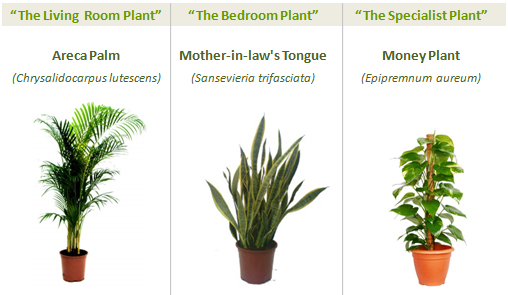Finding the Sublime in Economic Collapse
For the last few months I've been following economic news closely. I realize now that it's a morbid fascination, the same kind of base impulse that drives people to rubberneck at car crashes or spend money just to see the special effects in disaster movies.
The global economy is enduring a terrible, catastrophic collapse. And it's compellingly beautiful.
If you're familiar with this blog, you know that I consider the economy a force of nature in its own right, and an intrinsic part of the global ecosystem. The human economy isn't separated from nature at all: it uses nature intensively, and has enormous and continuous effects on what we traditionally think of as "wild" nature.
The economy is an incredibly complex, yet interconnected system. The same run-up in energy and housing prices through the mid-2000s affected billions of people in billions of different ways, and their billions of different responses helped precipitate the current credit crisis. And the extent and effects of the current credit crisis will have similarly wide-reaching consequences that no one today will be able to foresee.
In the course of my economic news obsessions, I've come to see the current economic collapse as something similar to the massive algal blooms that regularly occur in the Gulf of Mexico. Those blooms occur when fertilizer-rich runoff from the Mississippi River basin flows into the Gulf, and sets off an explosion in algae growth, which starves the ocean of oxygen and kills everything (here's a more in-depth explanation of how the so-called "Dead Zone" happens). The American economy bloomed through the 1990s and early 2000s thanks to cheap credit from developing nations like China. Now that the housing market and SUV manufacturers are dead and decomposing, their carcasses threaten to suffocate everything else as they sink.
There's one key difference: the dead zone, while huge, is confined to the Gulf of Mexico. The current economic collapse is global.
Below, I'd like to share what I consider to be the best big-picture overviews of the global economic ecosystem:
- Frontline: Inside the Meltdown. A blow-by-blow overview of the financial crisis, how it happened, and the subsequent government bailouts. It's focused mainly on Washington and Wall Street, but does allude to the housing bubble that caused the problems upstream.
- This American Life: Giant Pool of Money. A great overview of why banks were so eager to lend mortgages to people who couldn't afford them; or, an explanation of how cheap credit is like the fertilizer runoff that feeds a red tide.
- The Planet Money blog. A constantly-updated blog and podcast from the same people who produced the "Giant Pool of Money" episode linked above. Their latest work is focused on the likely nationalization of large American banks, a socialist intervention that's indicative of how deep and desperate the crisis is.










